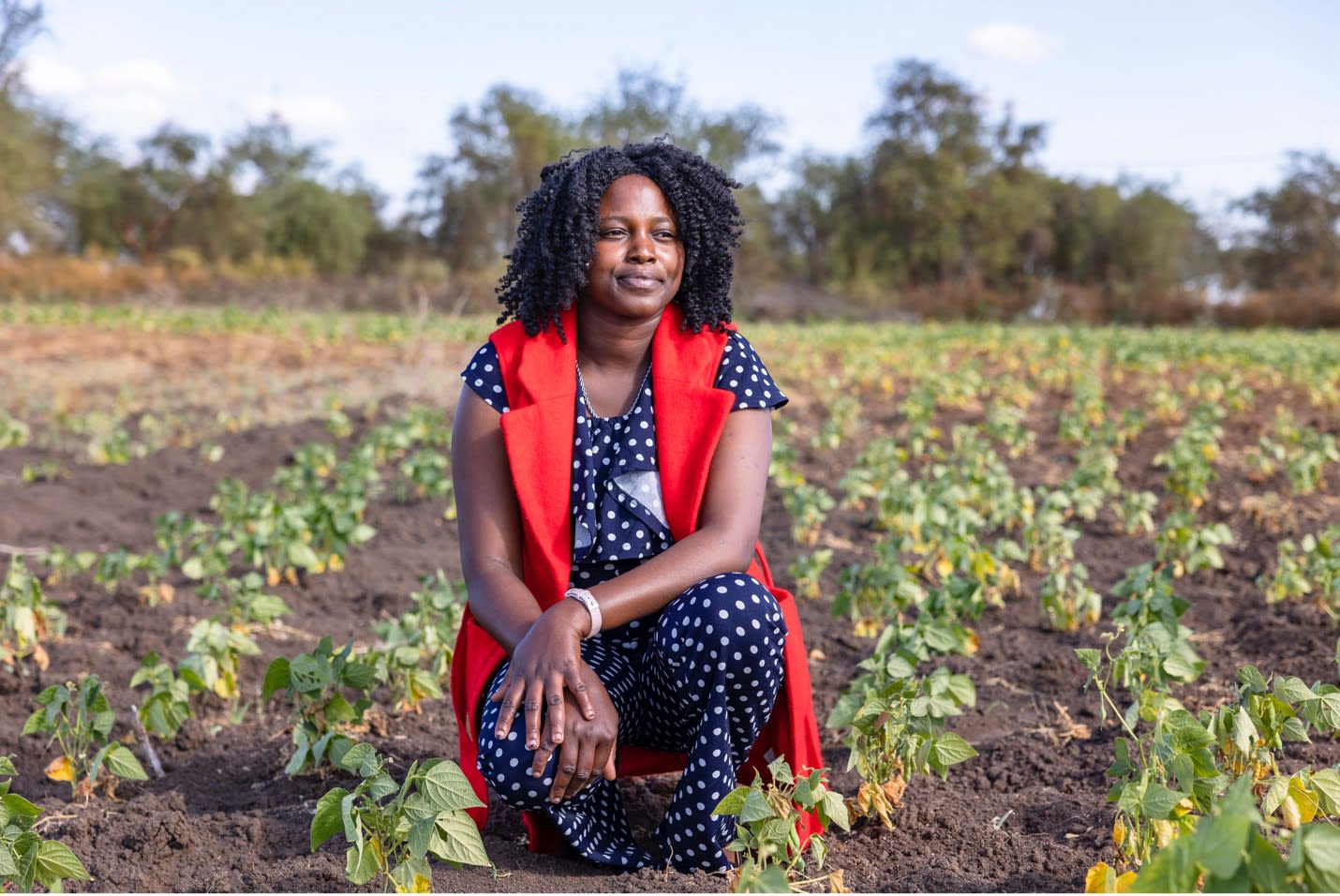
This Easter, as we reflect on the power of Jesus’ resurrection—when life triumphs over death, when darkness gives way to light, when despair is replaced by unshakable hope—Janet’s story serves as a powerful reminder of that transformation. Her journey embodies the essence of Easter: a story of rising again, finding life amidst struggle—and experiencing the lasting impact of compassion.
In Janet’s life, we witness the quiet but undeniable miracle of redemption, and we see the echoes of resurrection hope at work—not bound to one moment in history but reflected in every story of brokenness met by grace. Because redemption is not bound by time or place—it’s the ongoing work of God, available to everyone who dares to believe in the face of hardship. Janet’s story is one of pain, yes, but it is also one of transformation, where a young girl once trapped by poverty is lifted into a future brimming with possibility.
The burden of poverty
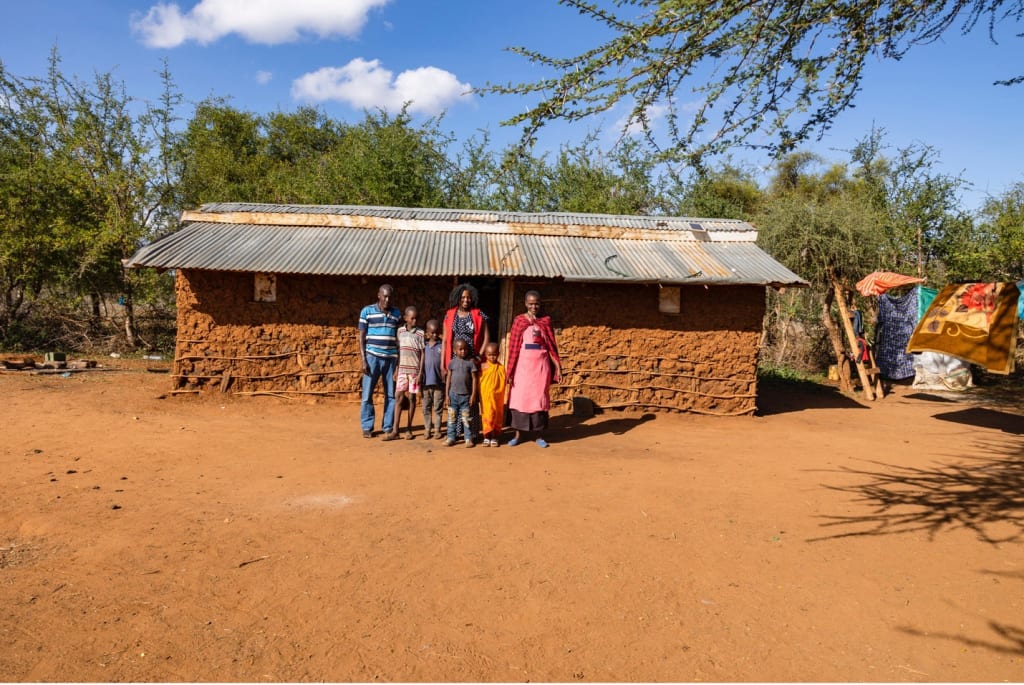
Janet’s life began with a harsh reality, one many of us will never fully understand. She was born into a family where resources were scarce and survival often meant sacrifice. Her father had two other wives and with so many children, there was never enough to go around. Janet’s education was constantly interrupted and her future seemed as fragile as the threads holding her family together.
But one act of love changed everything. Janet’s sister, Charity, saw her struggle and chose to bring her into her home. “I brought my sister to live with me,” Charity says, “because I knew our parents couldn’t give her the opportunities she needed. At least with me, she had a chance.” This was the first seed of hope—a moment that would set Janet on a path she never could have imagined.
Then, one Sunday, an announcement at their local church would change the course of Janet’s life forever. Compassion had begun enrolling children into the Child Sponsorship Program. Janet, now 10 years old, now had the opportunity at a future transformed by education, food and the love of a community.
The gift of new life
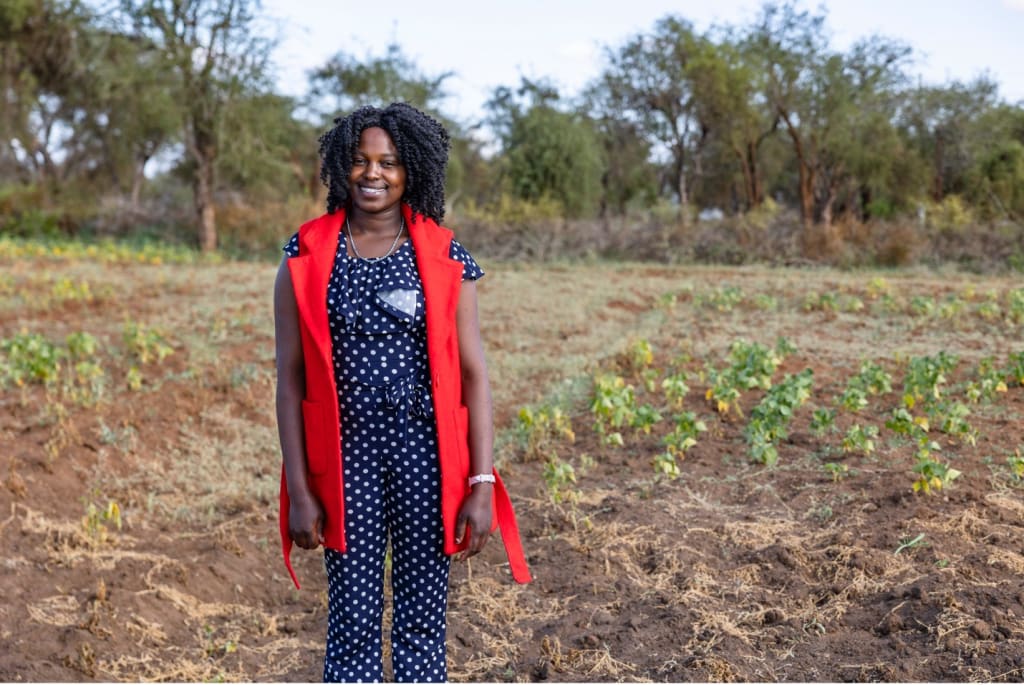
When Janet joined the Compassion program, something inside her started to shift. The world she had known—a world defined by scarcity and struggle—began to change. For the first time, she had hope, opportunity and a future. “Once I joined the program, my family got support with my education and we would sometimes get food support,” Janet says. More than that, she received something even more precious: the belief that she was worthy of more than just survival.
The church staff embraced Janet, offering guidance and support that helped her see that she was not defined by her circumstances. “I stopped seeing myself as a victim,” Janet reflects. “The encouragement I received from the church staff changed my worldview and how I viewed myself.”
This was the moment Janet began to realize her true identity—not as broken, but as a daughter of the King. It was a quiet yet transformative shift. The program not only met her practical needs but also built her up spiritually. Church mentors taught her how to dream again, how to embrace her God-given identity and how to walk with confidence into her future.
Out of the ashes
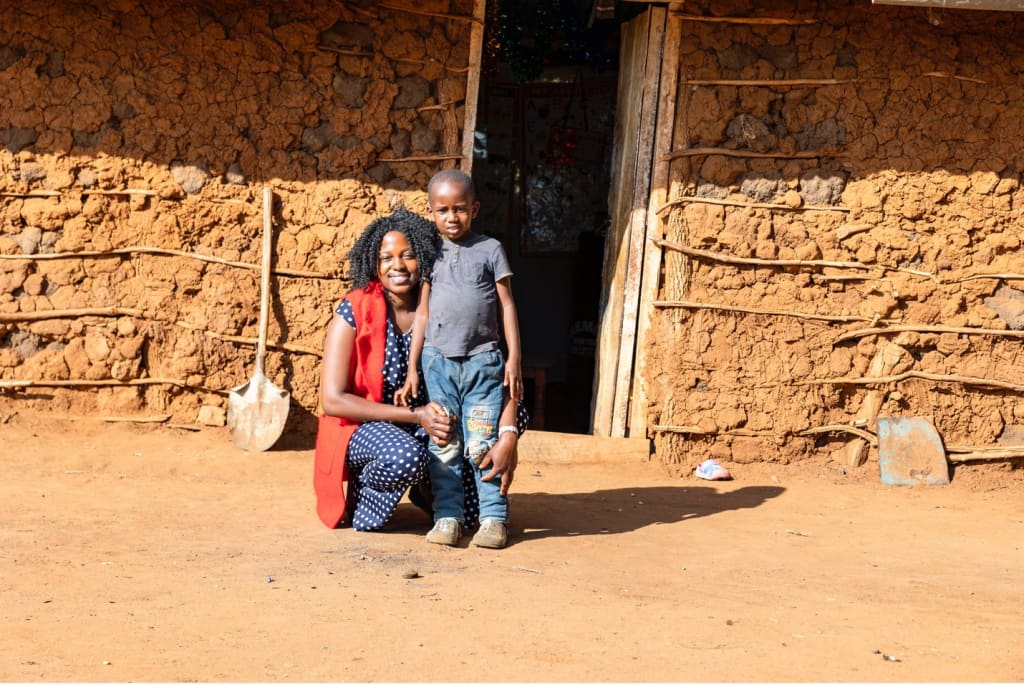
Even in the midst of newfound hope, life has a way of bringing us face-to-face with our deepest struggles—and often when we least expect it.
After finishing high school, Janet became pregnant. She feared the judgment of the very people who had walked with her, loved her and believed in her. She feared that this would be the end of the story—her dreams shattered, her community’s love replaced with rejection.
“This was a difficult time for me,” Janet says softly. “I felt like I had let down people who believed in me—my sister, the church staff, everyone.” The weight of shame, disappointment, and fear could have swallowed her. She could have given in, convinced herself that she was unworthy of grace.
But instead, something beautiful happened. The church staff didn’t turn away. They didn’t reject her. They didn’t condemn her. They embraced her. They moved toward her with compassion, reminding her that her story was far from over.
“A lesson I learned from the church is that I can fall but have a choice to rise and make things work,” Janet says, her voice steady now with the strength that comes from knowing she is loved beyond measure.
This is the compassion Jesus calls us to—compassion that meets us in our darkest hour, that lifts us up when we’ve fallen and encourages us to rise again. Just as Jesus, with His boundless love, moved toward the broken, the outcasts and the hurting, the staff at Compassion mirrored that same love. Janet’s story is a living reflection of how Jesus moved with compassion in the world—and how, through the love of others, we can experience resurrection in our own lives.
A new dream
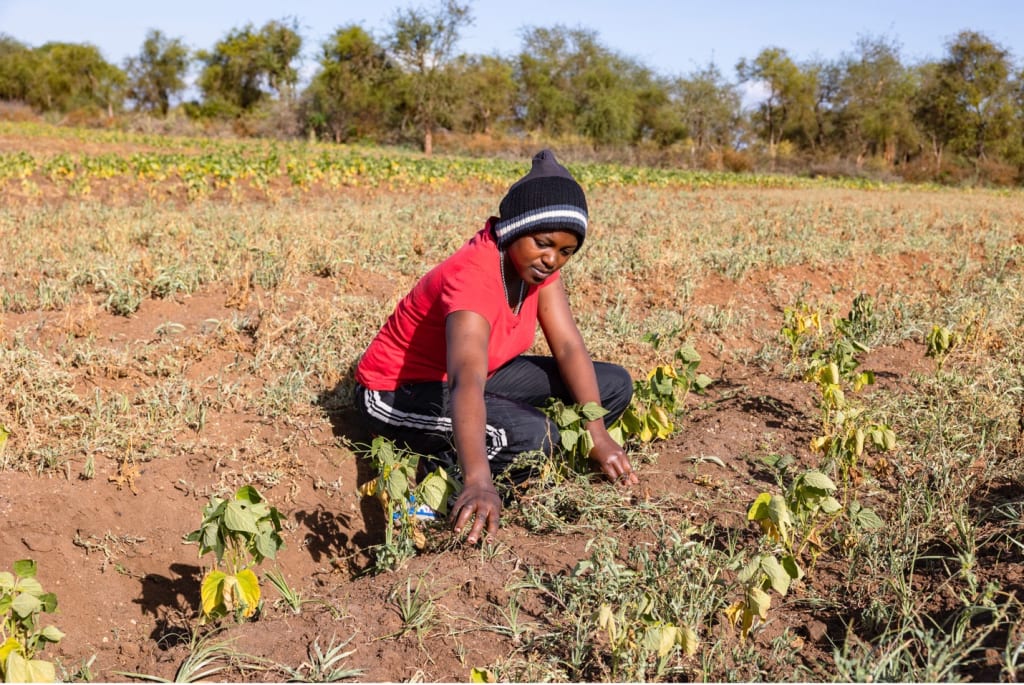
As Janet’s time in the program came to a close, she looked to the future with renewed hope. With a son to care for and her family still struggling in poverty, she submitted a proposal to her local church to support her as she dreamt of an income-generating project. “I wanted to improve my family’s circumstances and end the cycle of poverty,” she says.
The church stood by her. Together, they crafted a plan for her to start a farm. Janet, with the help of Compassion, planted beans. The rains came and the crops began to grow. But like all farmers, Janet was faced with uncertainty. The rains stopped. Her future, once again, was in question. Yet in the waiting, Janet’s faith grew stronger.
Today, Janet is not just a mother, not just a farmer, not just a woman who rose from her struggles—she is a living testimony of the resurrection power of God. She continues to care for her farm, her son and her family. She also volunteers at her Compassion centre, offering guidance to the next generation of children who need someone to believe in them—just as she did.
“I realize that nothing in my life has been a mistake,” Janet says, her eyes shining with quiet strength. “I am grateful for everything Compassion has done for me.”
Janet lives by this powerful scripture every single day: “I can do all things through Christ who strengthens me.”
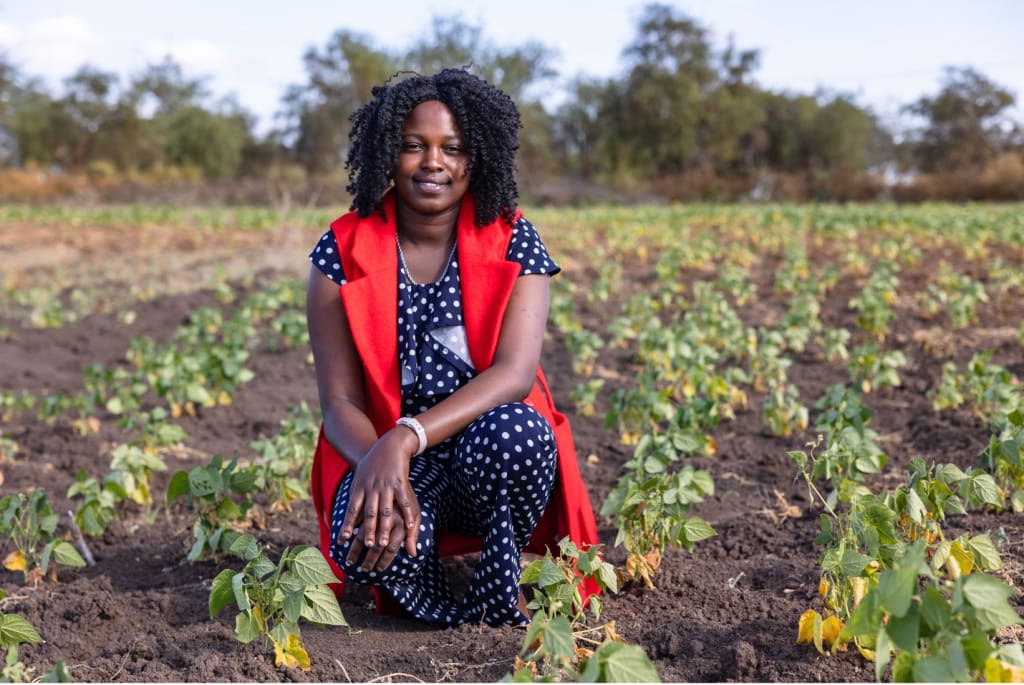
Janet’s journey shows us that when we move with compassion, we don’t just meet needs—we change lives. Compassion steps into the darkest moments, offering light, hope and a future. And it’s a chain reaction—changed lives go on to change the lives of others too. Because Janet was empowered, she became a changemaker in her family and community.
This Easter, we’re invited to move with compassion just as Christ did. When we were separated from God, Jesus came to make a way. While He was here on earth, He always moved toward others with love and compassion. Through His death and resurrection, He rescued the hurting, the lost and the broken. His story of resurrection is our story of redemption and new life.
Each of us is called to do the same. When we move with compassion, we become a source of hope for those who need it most.
Janet’s story didn’t end in despair—it became a story of transformation. You too can be a part of sparking transformation in the life of a child.



